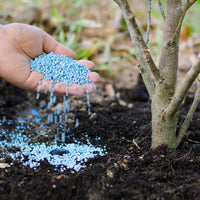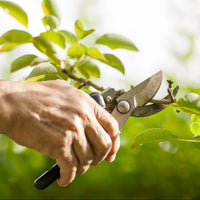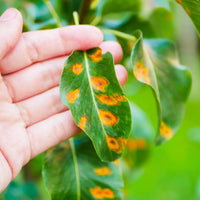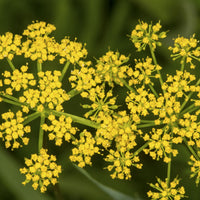Hydrangeas can fail to bloom for several reasons. First, location is important. They need lots of water in hot weather, and rich soil. The site needs at least morning sun, and while some do well in full sun, most do best with afternoon shade. Full shade is not appropriate for hydrangeas.
The second mistake most gardeners make with hydrangeas is improper pruning. There are many divisions of hydrangeas, some bloom on new growth, others set their blooms on the previous years growth.
Hydrangea paniculata includes the ‘Pee Gee (PG)’ and ‘Tardiva’, and has a pointed dome shaped bloom, mostly white. Hydrangea arborescens includes ‘Annabelle’ and has a broad white dome of flowers. Both are fast growers and bloom on new wood, which means they can be pruned severely in the late winter or early spring and then leave them alone.
Hydrangea quercifolia, also known as the Oakleaf Hydrangea has scalloped leaves likes, full sun to light shade and is slower growing. Oakleafs bloom on OLD wood, and as such are best not pruned. If pruning is absolutely needed, remove the entire stem in late winter to keep the best bloom potential.
Hydrangea macrophylla includes the mopheads and the lacecaps. Most bloom on OLD wood, so minimal pruning should be practiced. There are now several varieties classified as rebloomers, which mean they bloom on old and new growth, so they are generally more forgiving of mistakes. Varieties include ‘Penny Mac, ‘Endless Summer’, ‘Dooley’, ‘David Ramesey’. What gardeners need to be cautious about is that not all macrophyllas, including rebloomers are hardy up here in NH. Many macrophylla varieties will die down to the ground during cold winters, and since there is no old wood for them to bloom on they won’t flower, or will flower poorly.
Hydrangea anomala s. petolaris, aka Climbing Hydrangea bloom on old wood, so pruning a younger plant will eliminate flowers. However, older plants have many stems, so they are tolerant of some shaping.






